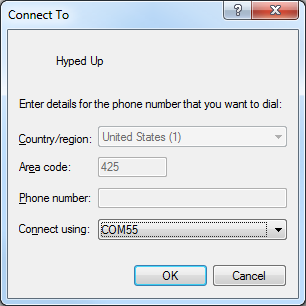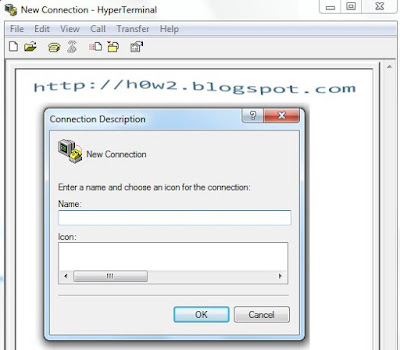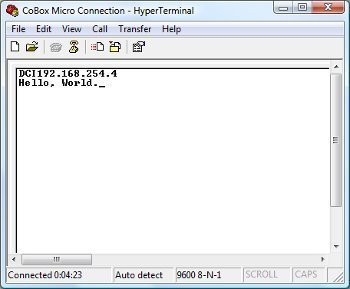
An exact duplicate of mysession.ht is created as C:\Users\myuser\AppData\Local\VirtualStore\Program Files (x86)\HyperTerminal\mysession.ht, to which "myuser" has R/W access.
Windows 7 hyperterminal location update#
What transparently happens the first time HT tries to update the session file is: And HyperTerminal needs to update your session file, whenever you exit the program, to update the terminal buffer log and other things, so it needs to write the session file every time it is used. Having been developed up to XP (and yanked on later versions - more about this later), HyperTerminal saw no qualms about updating session files that reside in C:\Program Files (x86)\HyperTerminal\. For instance, let's say a copy of XP's HyperTerminal is installed on Windows 7 圆4 into C:\Program Files (x86)\HyperTerminal\ with an HT session file called mysession.ht residing in the same directory, with this session file having been previously created and installed into C:\Program Files (x86)\HyperTerminal\ as admin.



However, backward compatibility tells us that there are plenty of programs that want to store settings or write files into their installation directory, which is most likely located in C:\Program Files (x86).In Windows 7 (I think it started with Vista), Microsoft locked down the ability for executables to write into system directories like C:\Windows, C:\Program Files, etc., unless they run as admin.


 0 kommentar(er)
0 kommentar(er)
